For years, people have weighed the pros and cons of the square pipe and round pipe when designing projects. The square pipe is often more practical, due to its spacious structure and accommodation of a greater volume. On the other hand, the round pipe has a much more urbane appeal from its perfect circles. Each style takes precedence at different times, so selecting the right design should rely on the activity’s requirements.
Square pipes constructed from steel, aluminum, or plastic come in a plethora of sizes and guages to meet individual needs. Not only are they utilized in industrial applications for high pressure and flow purposes, but also to compose a variety of plumbing systems, both commercial and residential. Square pipes are essential components in water supply and drainage systems.
Square pipes boast a considerable number of benefits to outweigh their round counterparts. Not only do they facilitate better water flow due to increased open area, but their shape allows for reducecost and time in their installation process. In addition, they are less challenging to clean compared to round pipes, making them the preferred option where sanitation and accessibility are a priority. Moreover, due to the reduced amount of material needed for manufacture, square pipes are demonstrably more affordable than round pipes.
While square pipes are structurally sound, they are challenging to maintain and install due to their susceptibility to corrosion and lack of flexibility. Additionally, they may not be as visually appealing in certain settings as round pipes.
An array of diameters and densities lend round pipes suitability for a variety of uses. Manufactured from steel, copper, or plastic, they are regularly employed in domestic and commercial plumbing, as well for water supply and drainage systems. Moreover, customised pipes can be made to have the exact desired characteristics.
With sinuous curves and an appetizing aesthetic, round pipes bring a great deal of appeal to any construction. Furthermore, their flexibility makes them an ideal choice for complex and tight spaces. Compared to square pipes, their rounded shape lessens the risk of corrosion, in turn making them easier to maintain.
The complexity and associated price of round pipes make them an expensive option when compared to their square counterparts. Moreover, the circular design restricts the open area available for water flow, thus lowering the capacity of a system. Furthermore, due to their curved architecture, they are also difficult to fit into confined spaces.
When searching for the most suitable pipe design, it is essential to consider the unique needs of the project. Square pipes boast impressive pressure and flow capabilities, making them a reliable option for industrial applications. For domestic and commercial plumbing, however, round pipes make more sense. Ultimately, it is important to select a pipe based on the requirements and necessities of the project at hand.
There are typically two types of piping used in the industry to transport materials: square and round. Though both have pros and cons, it is essential to consider the differences between both and how they influence the system’s overall performance. This article will evaluate square and round pipe flow and explore its implications.
Square pipes are preferred when it comes to flow, mainly due to their lesser resistance to flow than round pipes. The edges of the square tubes are smoother and feature less obstructions for the fluid, which gives them an edge in terms of flow rate. Their shape also lets them fit easily into confined spaces enabling optimization of the total system size.
Despite the benefits of square pipes, their use comes with certain drawbacks. One of the most bothersome issues is the tendency for particles to get trapped in the corners, causing clogs and resulting in decreased system effectiveness and higher maintenance costs. Strengthening these pipes is also an issue, since they are not as robust as round varieties. To ensure they maintain their stability in certain situations, additional support or structural reinforcement may be necessary.
When it comes to pipes, those that are perfectly round offer best-in-class performance. Their seamless structure and curved surface ensure an unimpeded flow of whatever is inside, unlike square pipes which tend to get clogged up more easily due to their cornering and edging. Plus, circle-shaped tubes generally demonstrate superior airflow capabilities while being sturdier and more dependable than their squared counterparts, especially in terms of stability and endurance.
By comparison, installing round pipes is far more convenient than attempting to secure square pipes with their numerous angles and edges. Moreover, the seamless design of the circular pipes make them easier to adhere, ultimately helping to reduce expenditures associated with the installation process.
To summarize, the selection between round pipes and square pipes really depends on what the job requires. Round pipes are often more suitable for applications that require more stability and resilience, while square pipes tend to be better for tasks that require efficient fluid transport and space optimization. In the end, the pipework needed for any given application should be decided based on the nature of the job at hand.
Related Product
Warning: Use of undefined constant rand - assumed 'rand' (this will throw an Error in a future version of PHP) in /www/wwwroot/www.ytdrtube.com/wp-content/themes/msk5/single.php on line 77
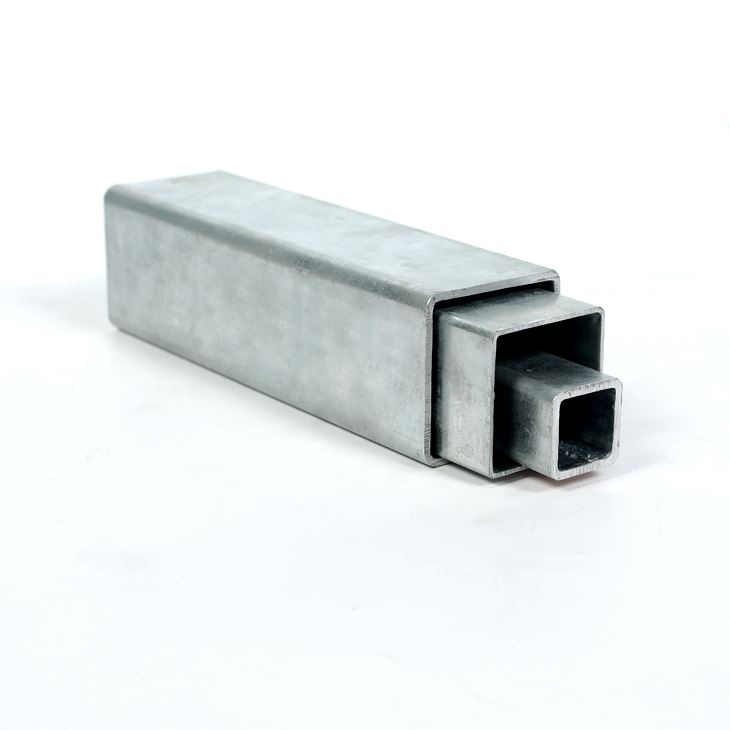
Hot Dip Galvanized Square Steel Pipe HDG Tube
Thickness: 0.5- 60 mm OD(outer diameter): square 10*10-1000*1000mm rectangular:10*15-800*1100mm Section Shape: Square OR rectangular Place of Origin: Tianjin, China Application Str […]
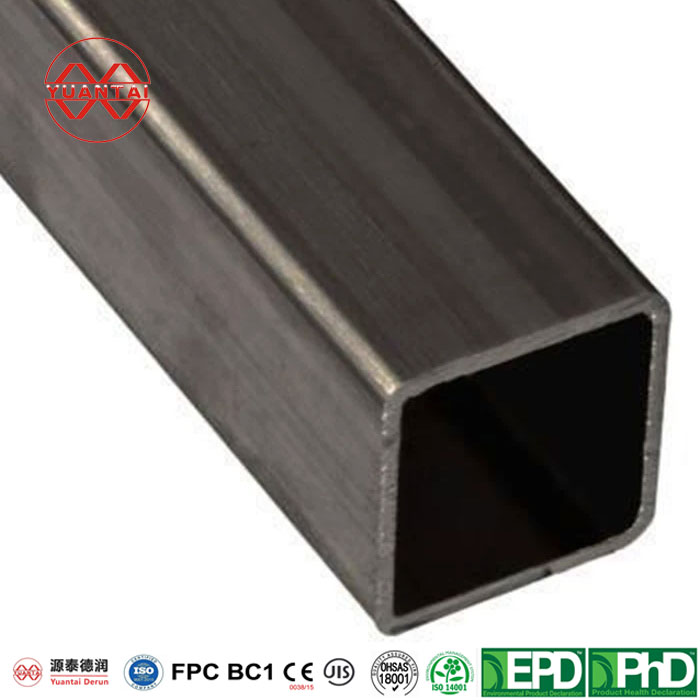
Square Steel Pipe Carbon Steel Pipe
Thickness 0.5- 60 mm Tolerance as required OD(outer diameter) square 10*10-1000*1000mm rectangular Brand YUANTAI DERUN Section Shape Square OR rectangular Length 3-12M according to […]
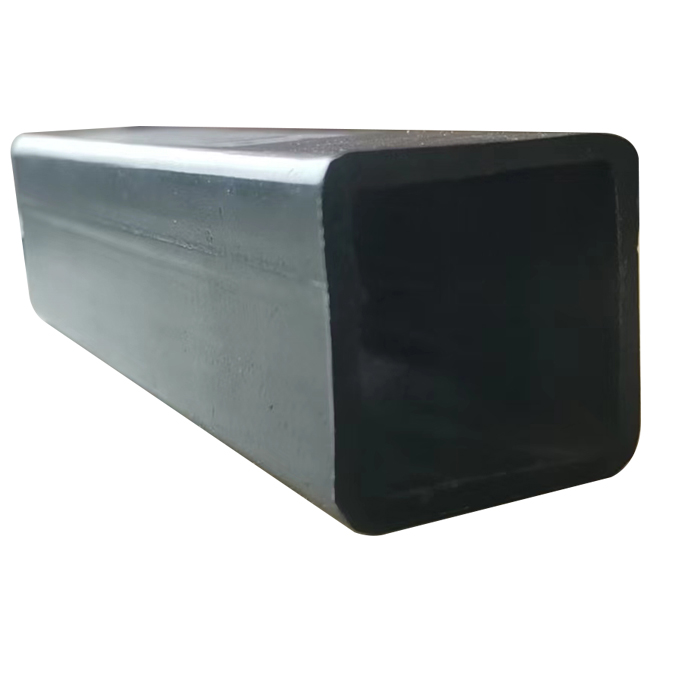
Square Hollow Section
Thickness: 0.5- 60 mm OD(outer diameter): square 10*10-1000*1000mm rectangular:10*15-800*1100mm Section Shape: Square OR rectangular Place of Origin: Tianjin, China Application Str […]
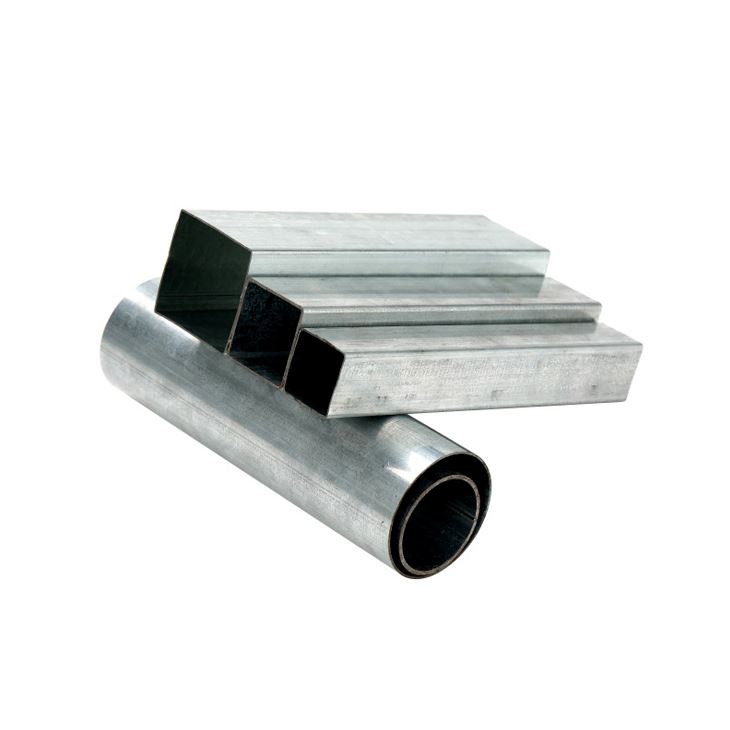
Pre Galvanzied Square Steel Tube
1.Introduction of pre-square tube Coiled pipes are pipes and pipes for processing technological processes, and are the name of general pipes, which are pipes made of long steel coi […]
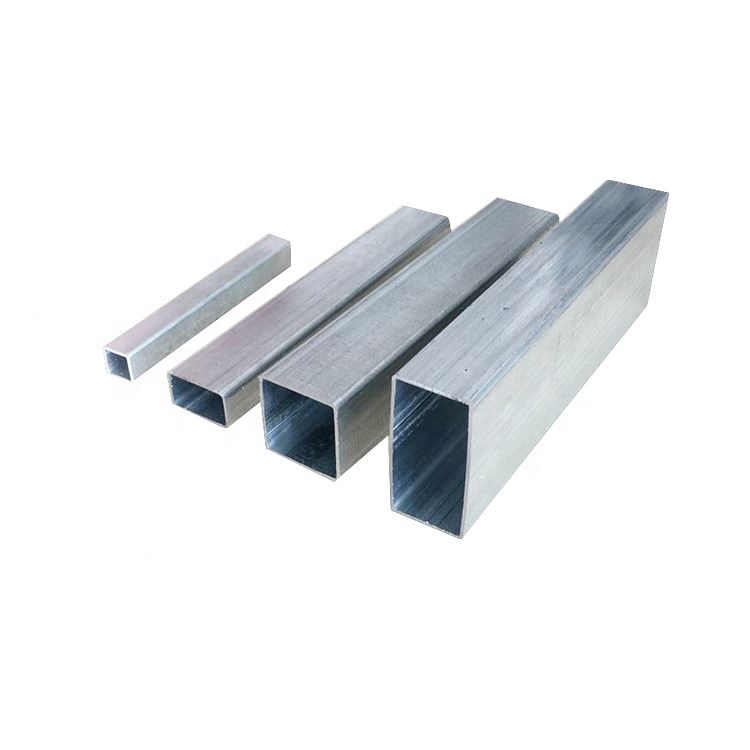
Hot Dip Galvanized Rectangular Steel Tube
Hot dip galvanized rectangular steel tube is a rectangularsquare tube that is welded after the steel plate or steel strip is curled and formed, and is formed after the square tube […]

Black Square Steel Tube
SPECIFICATION TABLE OF BLACK SQUARE STEEL TUBE OD(MM) THICKNESS(MM) OD(MM) THICKNESS(MM) OD(MM) THICKNESS(MM) OD(MM) THICKNESS(MM) 20*20 1.3 60*120 80*100 90*90 1.50 180*180 3 300* […]

Square Seamless Steel Pipe
Attribute parameters of seamless square steel tubes Thickness 3- 50 mm Tolerance as required OD(outer diameter) 100*100-800*800 Brand YUANTAI DERUN Section Shape Square OR rec […]
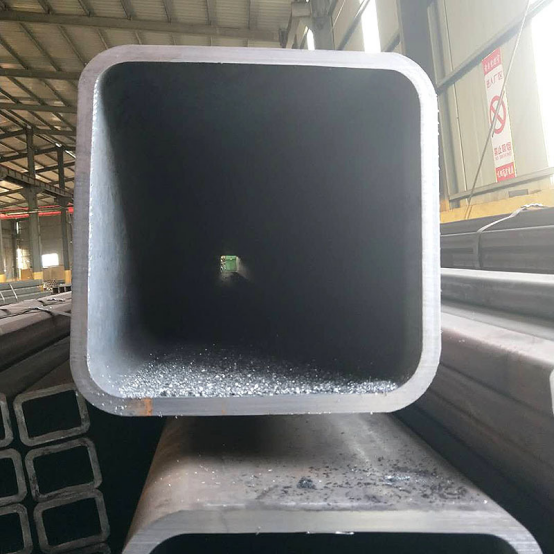
Black Rectangular Hollow Section
OD(MM) THICKNESS(MM) OD(MM) THICKNESS(MM) OD(MM) THICKNESS(MM) OD(MM) THICKNESS(MM) 20*20 1.3 60*120 80*100 90*90 1.50 180*180 3 300*800 400*700 550*550 500*600 1.4 1.70 3.5-3.75 9 […]

Hot Dip Galvanized Rectangular Hollow Section
Iron and steel materials are indispensable resources in human life today. However, due to its own characteristics, “corrosion is accompanied by us every day and consumes our […]
Post time: 2023-08-01
